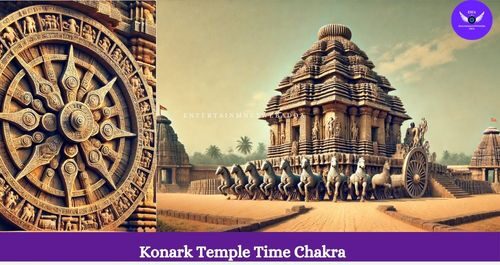Konark Temple Art A Testament to India's Rich Cultural
Konark Temple Art
A stunning wonder and a representation of India’s rich cultural heritage, the Konark Sun Temple lies tucked away along the Odisha coast. This temple has captivated tourists, scholars, and art enthusiasts for ages with its imposing architecture, elaborate sculptures, and recognizable wheel structure. Let’s examine the Konark Temple, a magnificent example of Indian art, history, and beauty.

A Glimpse into Konark Temple Art History
King Narasimhadeva I of the Eastern Ganga Dynasty constructed the Konark Sun Temple in the thirteenth century, honoring the Sun God Surya. This temple is a symbol of strength, devotion, and superb architecture. Its name, “Konark,” which translates to “Corner of the Sun,” is derived from the Sanskrit words “kona” (corner) and “arka” (sun). The temple was built to imitate Surya’s magnificent chariot, which represents the Sun God’s cosmic flight across the sky.

The Iconic Wheel Structure: A Symbol of Time
The 24 enormous, finely carved wheels of the Konark Temple stand for more than just art; they are a representation of time passing. Pulled by seven stone horses, each 12-foot-diameter wheel is a component of a gigantic chariot devoted to the Sun God. With eight spokes representing the “prahars,” or time segments, in Hindu tradition, these wheels serve as sundials that indicate the hours of the day. The wheels’ engravings, which include animals, dancers, and deities, honor both the eternal cosmic cycle and the daily rhythms of existence.
The Konark Temple, constructed in the magnificent Kalinga architectural style, exudes majesty with its elaborate details and enormous size. Its architecture, which stands close to 100 feet tall, features elaborately decorated outside walls and a huge Jagamohana (assembly hall).
Also Read about Swarngiri Temple Bhuvaneshwar Temple
Preservation Efforts and UNESCO Recognition
In 1984, the Konark Temple was designated a UNESCO World Heritage Site because of its artistic and historical significance. Despite the temple’s gradual deterioration, conservation measures have been taken to protect this cultural gem. In addition to being a place of prayer, the temple is a representation of Indian culture and a priceless resource for tourists, architects, and art historians.






